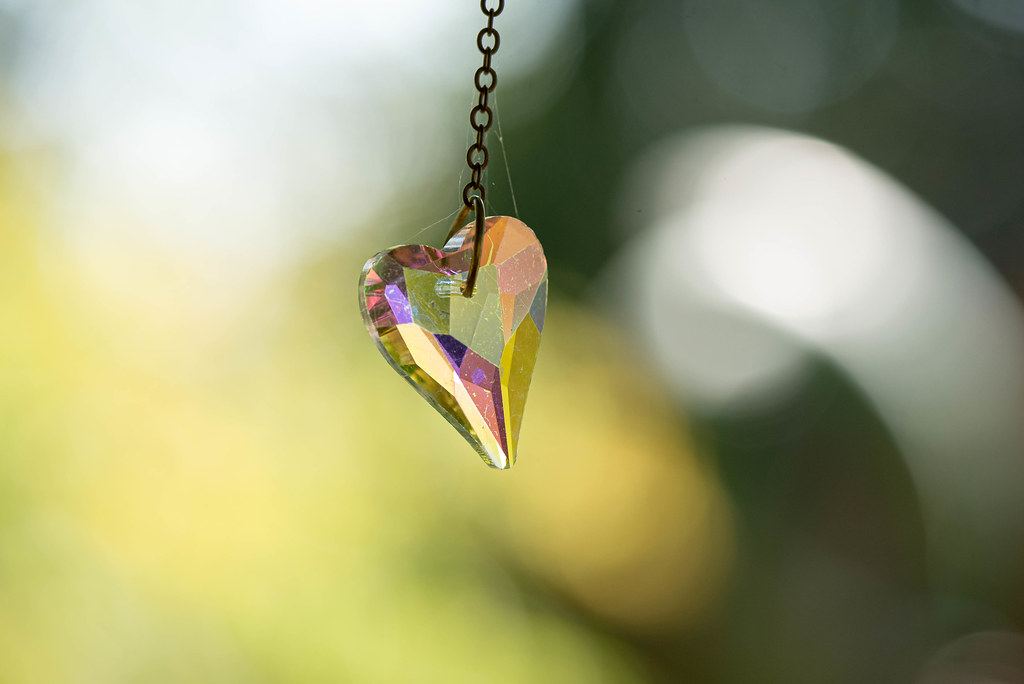
There’s some objective realities of shooting photos on a rainy, overcast day that are easy to describe or even, perhaps, quantify. The diffused lighting, the mild temperatures, the glistening surfaces…all of these aren’t particularly difficult to explain and all of these make a huge difference in photographic terms. What’s a little trickier to precisely nail down is just how much fun it is to go out and shoot after the earth gets a good long soaking. Not necessarily in the rain, mind you, but the minutes or, better yet, hours after the drops cease to fall but before the sun has yet to show its face from behind the clouds are just amazing for taking pictures. Everything you see has a glistening sheen to it and even the most ordinary, boring objects take on a stunning new appearance. I’d almost go so far as to say it’s difficult to not enjoy shooting in these conditions, and if you haven’t tried it I strongly recommend it :)
And when you combine post-rain conditions with a macro lens…chef’s kiss.
On a warm October afternoon in precisely these conditions, as I was walking across the OSU campus between meetings, I stopped for a few minutes in the formal gardens right outside the student union to get a few snapshots. When I saw this red flower I knew I just had to stop and take its picture, and I’m really glad I took the time to do it. One thing I’ve learned as I have taken more close-up images over the years is that what I envision when I see a scene isn’t always easy to capture, even with a good understanding of the fundamentals of photography such as light, shadow, composition, exposure, and the like. Weekly Fifty is littered with not-quite-there images that almost get what I was trying to capture, and every time one of those shots happens I try to think of it as a learning experience so that I might do better next time. Well, I gotta say, this is one of those next time shots that really does work just about exactly as I had hoped it would.
Aperture, and by extension, depth of field, is super tricky when shooing with a macro lens. It’s tough to get the area you want in focus while not compromising too much on other elements of the image, but with this shot I was able to pull of pretty much precisely what I was going for in terms of subject and sharpness. I really wanted the one large drop of water to be sharp and in focus, and maybe a few others too, with a subtle blur around the rest of the drops nearby. I shot this at f/11, 1/200 second, and Auto-ISO with a value of 150 using my Nikon D750 and 105mm f/2.8 macro lens, and as my dad would say, by golly it worked. There’s a vertical line of three drops that are all tack sharp, right near the bright spot on the flower petal just above them and to the left. The texture on the petal is so rich and thick you can practically touch it through your screen, and I like the mix of three colors: red, orange, and a subtle dark green in the background. This whole image just works in a way that I am very pleased with, and makes me excited to try similar shots the next time it rains.



